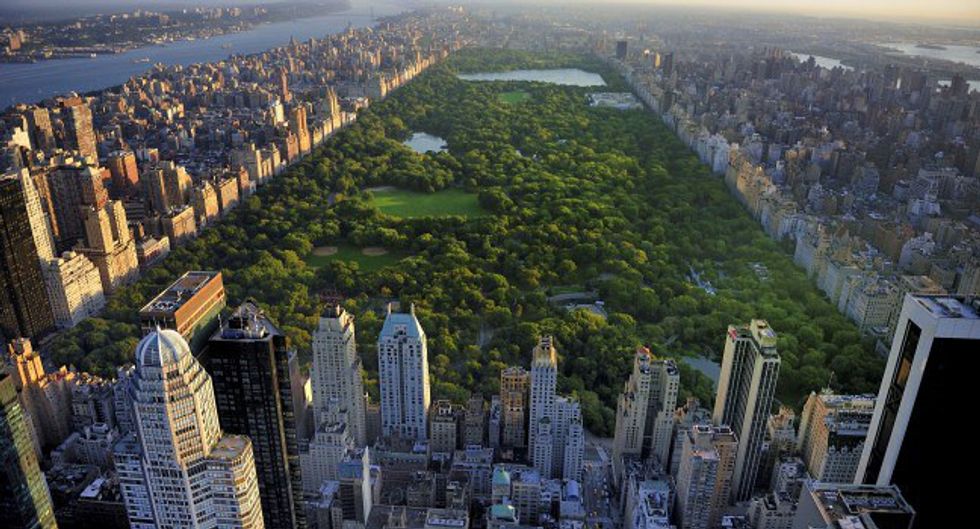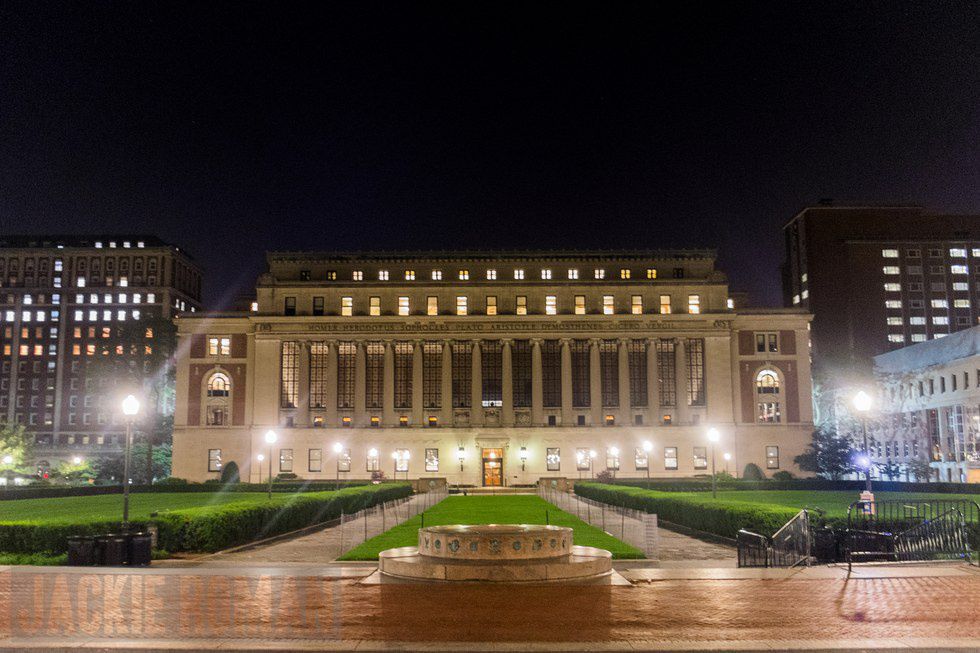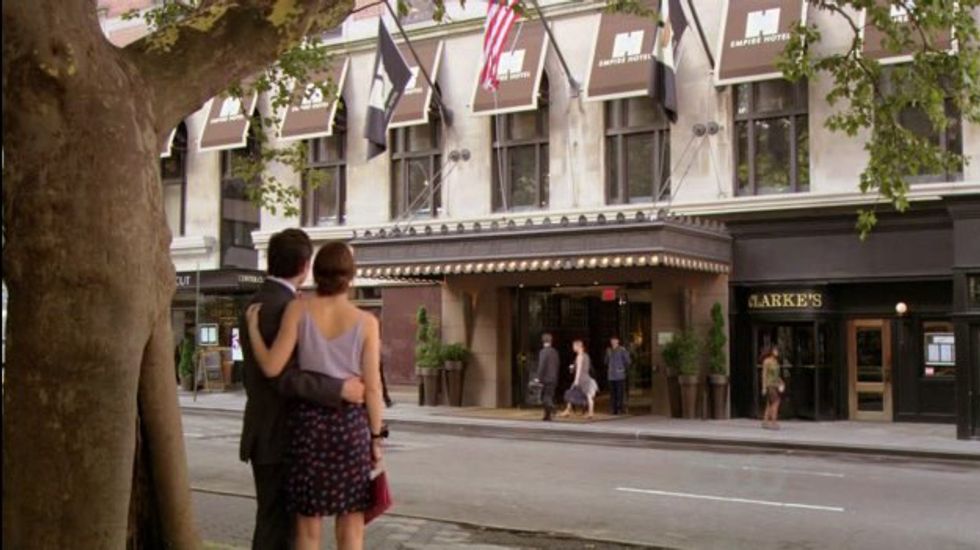Americans generally perceive so-called “American” history beginning in 1776; when in actuality, this is false. Our history of the Upper West Side (UWS) begins in the early to mid seventeenth century.
Native Americans
Interestingly, preceding the Dutch immigrants that began UWS history, Native Americans forged a trail along the West side of Manhattan that would later be coined Bloomingdale Road and subsequently, the more well-known Broadway. This very trail led all the way through the woodlands of upstate New York and into Canada.
Recommended for you
On the north end of the island, the Munsee Indians, a subtribe of the Lenape people, opposed Dutch immigrants settling to the Upper West Side. There was bloodshed, raids, and sorties due to the Dutch movement. Because of the war, the Dutch had to find a solution.
Bloomingdale District and the First Upper Westsider
The Dutch were left with the countryside and farmland, otherwise known as Bloomingdale. Bloomingdale road ran from 23rd Street to 114th Street and functioned as a road for ease of commerce due to a definite increase in Bloomingdale’s success as a tobacco producer. The Dutch called it “Bloemendaal,” or valley of flowers, coined in honor of Holland’s tulip region. Settlers would hunt lion, bears, and deer in Bloomingdale.
Isaac Bedlow’s land grant included Bloemendaal. In February of 1667, the land speculator Isaac Bedlow was issued the first official land grant on the UWS. He owned Bedlow and Co., a land speculation company. His land today would be apart of Central Park around 89th to 107th Streets.
By the late 18th century, wealthy merchants had vast wilderness estates in Bloomingdale's semi-isolation. Scattered all over the district were alternating farms and beautiful estates. In this suburban area, the war for Independence struck Harlem Heights.
Nineteenth Century and Central Park
Central Park at Sunset
Image Credit: Fodor's Travel
The West side remained into the 19th century; however, it split into separate various neighborhoods of solitary communities rather than the previous community-based environment. The wealthy became less and less ‘country’ and elegant mansions began to appear. The makeup of individuals residing on the UWS drastically changed once 1853 hit—the building of Central Park. Douglas Martin of the New York Times discusses the removal of ‘the insects’ in his article “A Village Dies, A Park is Born.” The injustices of the 1,600+ individuals displaced out of present-day Central Park to the UWS were revealed in my professor, Elizabeth Blackmar’s co-authored story “The Park and The People.” (Shameless plug: If you haven’t read this brilliant story of Central Park, read it! It is fantastically written and allows you to understand what is all too frequently overlooked in our nation’s history.) Blackmar and Rosenzweig outline Seneca Village’s specs; beginning in 1825 as a black community, by 1855 it had diversified its residents including Irish-Americans.
Seneca Village’s inhabitants had no other choice but to abandon the park. They moved westward, building shacks. It stayed mostly underdeveloped even seeping into the nineteenth century. The progress made included increasing the width of Bloomingdale Road, sewage, and a railroad to attract developers who were still apprehensive.
Gentrification
The beginning of the UWS’ gentrification began with apartment buildings in the latter part of the nineteenth century. Stemmed from this initial squatter episode of the UWS, negative connotations are present even in famous, successful individuals. Christine Quinn, former Speaker of the New York City Council spoke about her roots in the UWS:
“When I was running for speaker, people would go out of their way to point out why I wasn’t going to win: ‘You’re a woman, you’re too liberal, you’re gay, you’re from the West Side of Manhattan,’ which in that context was an insult.”
Columbia University
Butler Library at Columbia University
Image Credit: Jackie Roman
Since Central Park’s creation, the UWS has been a hub for gentrification. Columbia University relocated to the UWS in the 1890’s by using the land of the Bloomingdale Insane Asylum. To pay tribute to this establishment, Columbia kept Buell Hall on its campus which now houses the French department. Additionally, the current location of the Cathedral of St. John the Divine was an orphanage.
To continue its gentrification, Henry Janeway Hardenbergh’s grandiose Dakota attracted a high-end clientele around 1910 on the UWS. These projects were essential in reframing the UWS as an intellectual hub of Manhattan.
Columbus Avenue was for buying and selling, Amsterdam had lower end renters’ housing, Riverside became chock-full of elegant mansions, and West End had a suburban feel. Broadway remained in the wings for larger developments amongst hotels. The subway’s completion in 1904 took away the rural feel of the UWS and made way for a true city-based feeling.
All in all, the once Bloomingdale suburban, farming, merchant, and hunting based district is now the site of Columbia University and the Cathedral of St. John the Divine. As Columbia entered into UWS, we must recall Pittacus Lore’s words from the classic I am Number Four: “a place is only as good as the people in it.”
It’s a great accomplishment to keep the same cultural diversity of the UWS by utilizing Columbia as a platform for discovery. Urban renewal esteems itself through the afore mentioned excerpt, and it swept the UWS simultaneously with the building of Lincoln Center and the Lincoln Towers apartments around 1965.
Cultural Diversity
The UWS is known as the pinnacle of liberal thinking in Manhattan; thus, this hub attracts a culturally diverse atmosphere by definition. For example, German Jews came to the UWS at the century's turn and subsequently Jewish refugees infiltrated to escape Hitler in Europe in the thirties. From 1940-1960, an influx occurred of various groups including, but not limited to: Russians, Dominicans, Puerto Ricans, Haitians, Ukrainians, and Cubans.
Today's Upper West Side
Chuck and Blair stand outside the Empire Hotel on the UWS.
Image Credit: Crissy Calhoun
The UWS remains a higher middle class, diverse, and liberal area. Any woodsy or leafy suburban neighborhood you've seen in the movies or TV series has more than likely been the UWS. Have you seen You've Got Mail, Seinfeld, or Gossip Girl? Then you've seen parts of the UWS. Chuck Bass' Empire Hotel is across the street from Lincoln Center, Jerry Seinfeld's recurring cameo restaurant is Tom's Restaurant on 112th and Broadway, and Kathleen and Joe first meet at Café Lalo on 83rd Street.
Of people calling the UWS home, 47% have a graduate degree, 47% have never been married, and 66% have white collar jobs. Gentrification wiped out many of the eclectic and boutique shops in the UWS, but some stores remain from delis, bookstores, and bagel shops. I couldn't be more grateful to call the UWS home, and I am thankful to appreciate its rich and deep ancestry.
PRO TIP: Check out this guide to the UWS from Love, Taza. It is a great video and encapsulates some of my favorite spots.





















